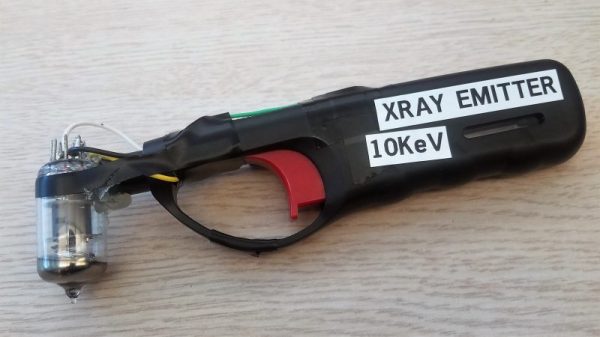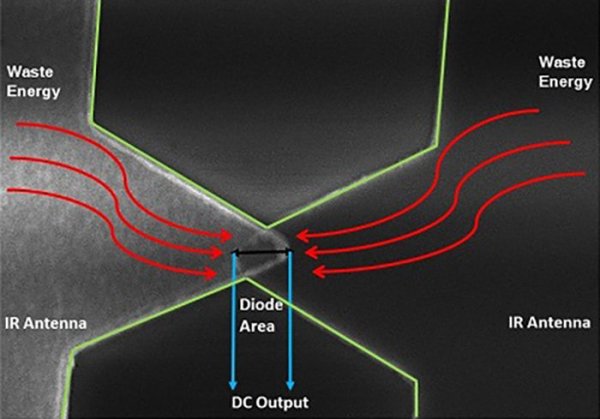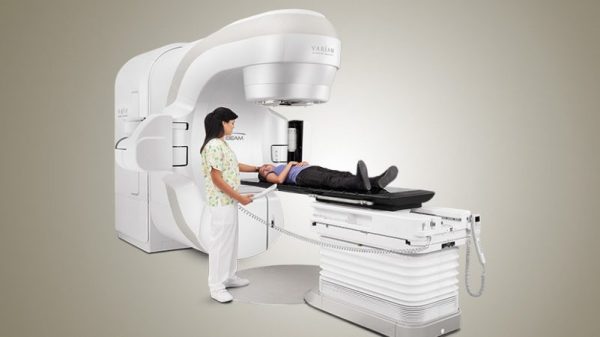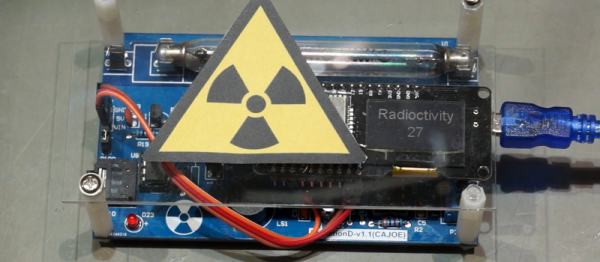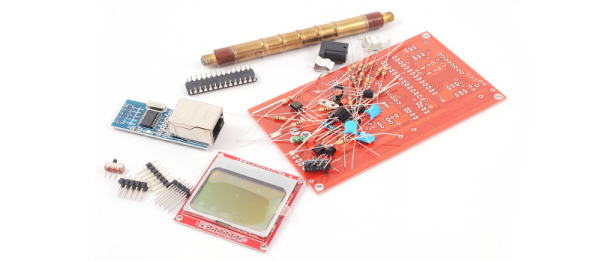A certain subset of readers will remember a time when common knowledge held that sitting too close to the TV put you in mortal peril. We were warned to stay at least six feet back to avoid the X-rays supposedly pouring forth from the screen. Nobody but our moms believed it, so there we sat, transfixed and mere inches from the Radiation King, working on our tans as we caught up on the latest cartoons. We all grew up mostly OK, so it must have been a hoax.
Or was it? It turns out that getting X-rays from vacuum tubes is possible, at least if this barbecue lighter turned X-ray machine is legit. [GH] built it after playing with some 6J1 rectifier tubes and a 20-kV power supply yanked from an old TV, specifically to generate X-rays. It turned out that applying current between the filament and the plate made a Geiger counter click, so to simplify the build, the big power supply was replaced with the piezoelectric guts from a lighter. That worked too, but not for long — the tube was acting as a capacitor, storing up charge each time the trigger on the lighter was pulled, eventually discharging through and destroying the crystal. A high-voltage diode from a microwave oven in series with the crystal as a snubber fixed the problem, and now X-rays are as easy as lighting a grill.
We have to say we’re a wee bit skeptical here, and would love to see a video of a test. But the principle is sound, and if it works it’d be a great way to test all those homebrew Geiger counters we’ve featured, like this tiny battery-powered one, or this one based on the venerable 555 timer chip.

